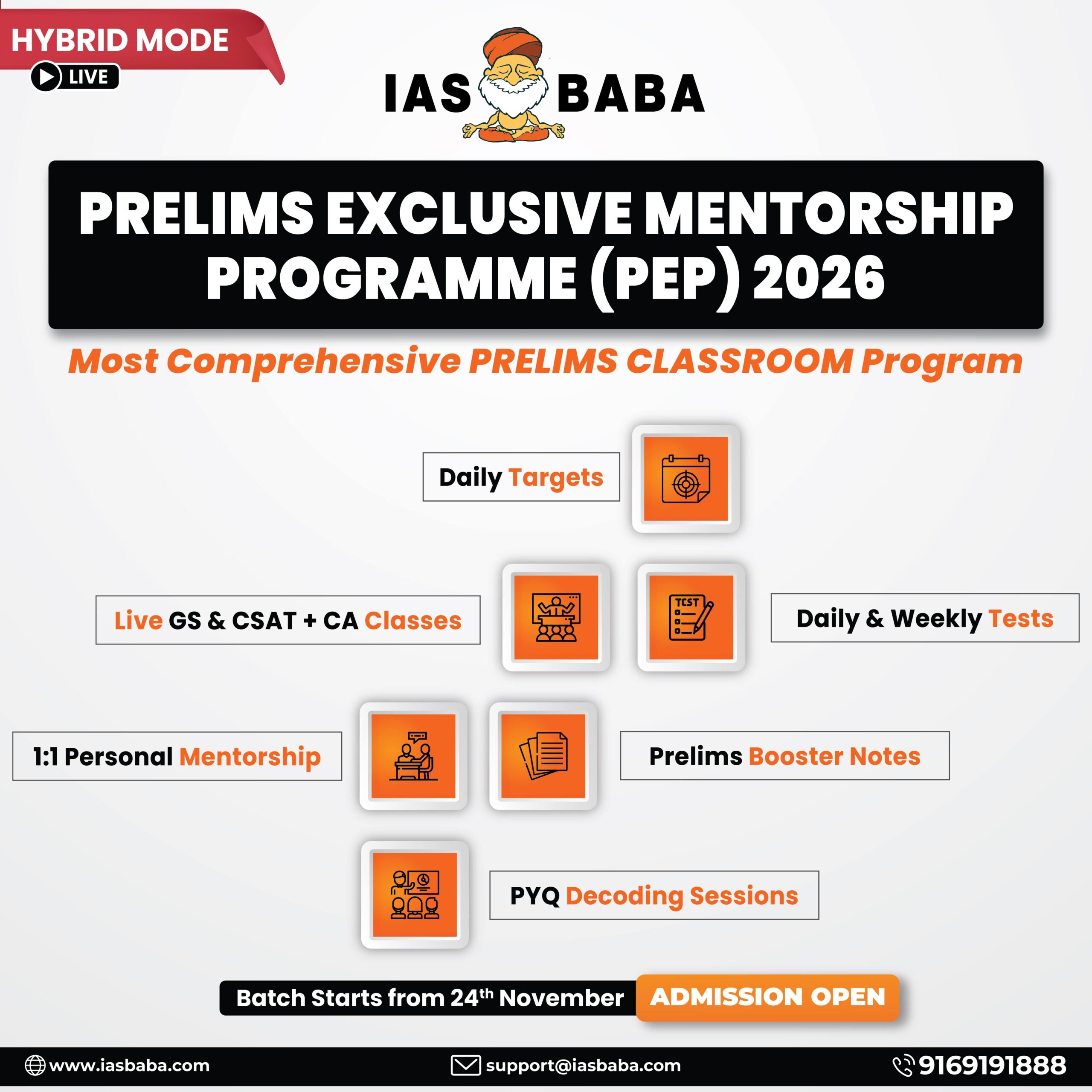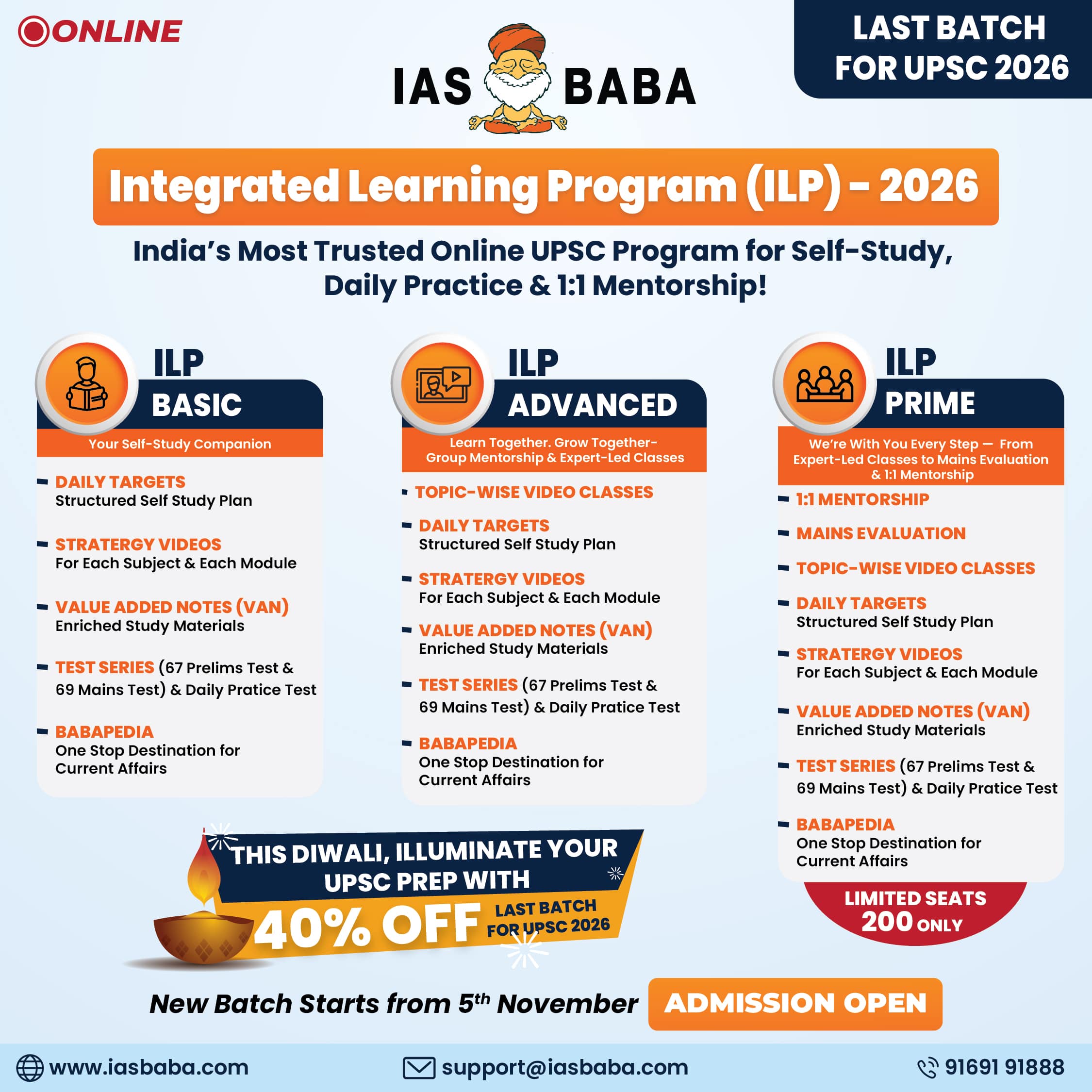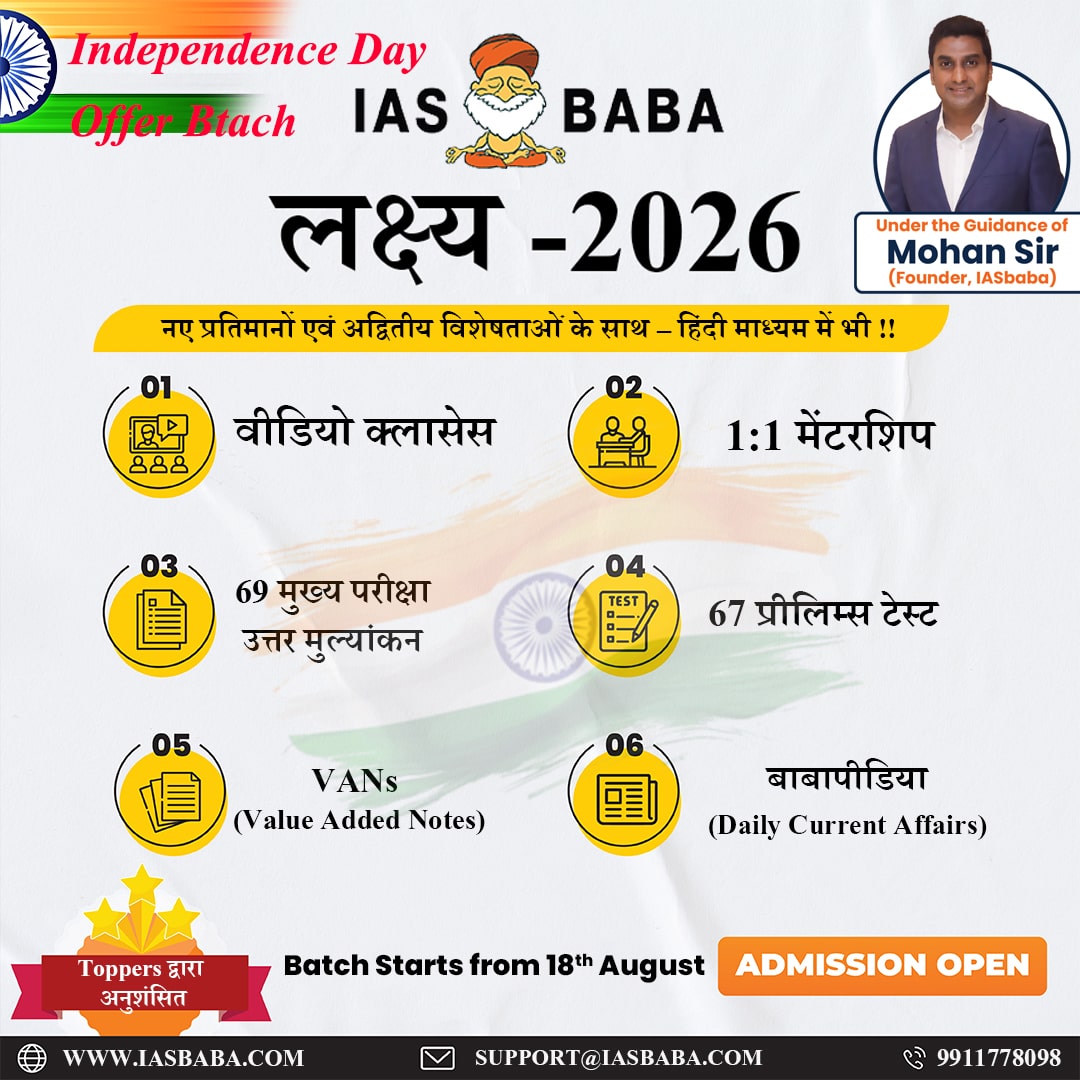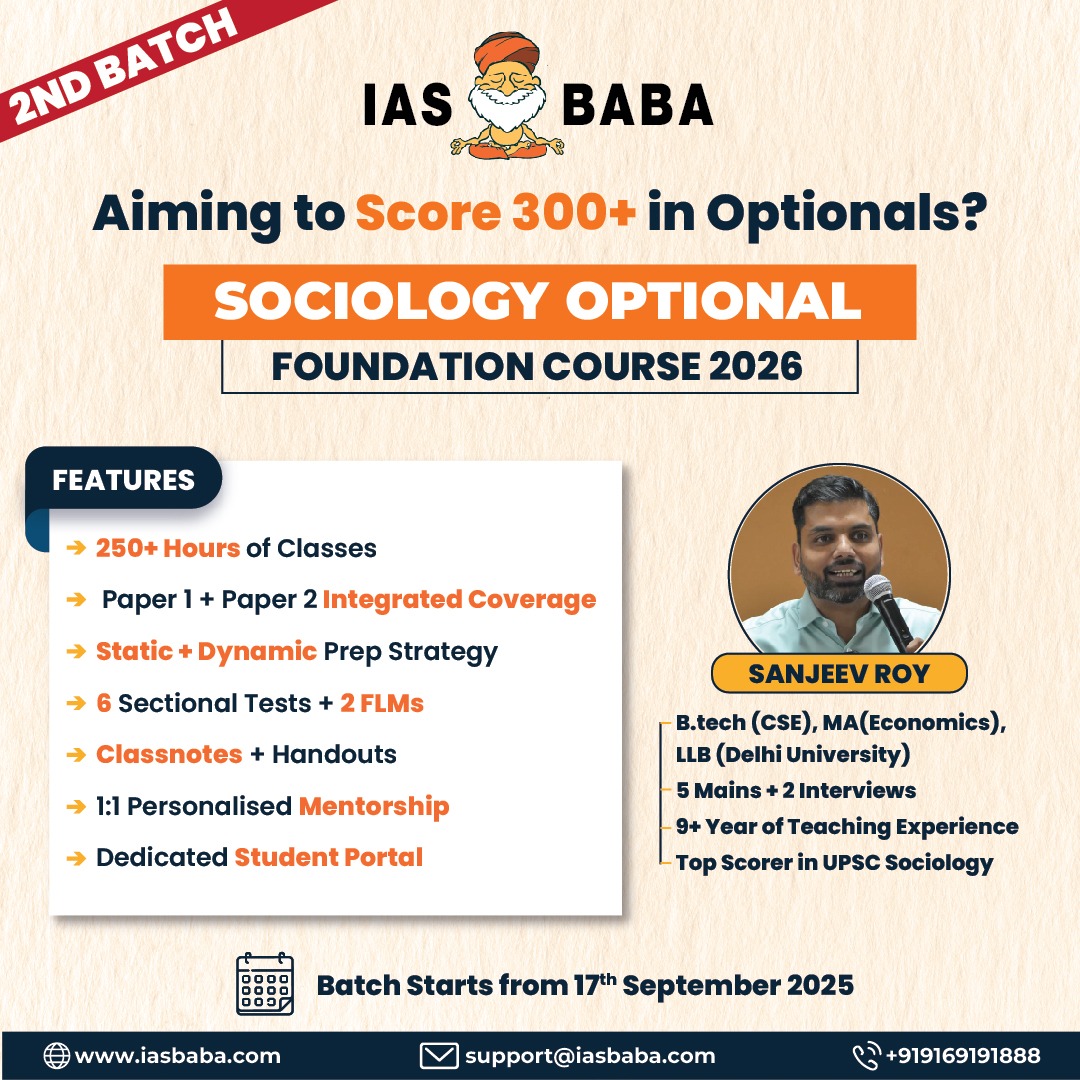Indian History & Post-Independence, TLP-UPSC Mains Answer Writing
Write any one of the following essays in 1000-1200 words. (125 marks)
Q.1. India’s Strategic Realignment in a Resetting Global Order.
Q.2. The one who tills the soil is not always the one who owns it — and therein lies the question of justice.
Q.1. India’s Strategic Realignment in a Resetting Global Order.
Objective of the Essay
This essay evaluates India’s evolving foreign policy amid a transforming global order through the lens of ethics, governance, and national responsibility. It challenges students to assess how India balances realpolitik with civilisational values and moral leadership. The topic demands reflection on diplomacy as an ethical act—where power, restraint, and vision co-exist.
-
Understanding the Topic
Key Concepts
- Strategic Realignment: India’s conscious adaptation in diplomacy and partnerships to secure interests amidst shifting power dynamics.
- Resetting Global Order: A post-unipolar world, marked by fragmented multilateralism, rising China, regional blocs, and disruptions in global governance.
Questions
- Can a rising power like India retain ethical sovereignty amid global competition?
- How should India balance autonomy with alliances?
- Is India’s global leadership value-based or interest-driven?
- Does neutrality in global conflicts reflect wisdom or weakness?
-
Introduction Techniques
Anecdotal Introduction
Narrate the Voice of Global South Summit (2023) to showcase India’s attempt to champion the marginalised in global discourse.
Philosophical Introduction
“Power without purpose becomes perilous. In diplomacy, strategy must reflect the soul of a nation.”
Quotation-Based Introduction
Jawaharlal Nehru: “India’s ambition is not to dominate others but to serve as a moral force.” Link this vision to India’s evolving role.
Historical Hook
Reference India’s legacy in the Non-Aligned Movement as a foundation for today’s multi-alignment strategy.
-
Structuring the Body
Thematic Structure
-
Strategic Autonomy and Ethical Hedging: India balances QUAD and I2U2 with traditional ties to Russia and the Global South, reflecting autonomy.
- Inclusive Global Leadership: India’s G20 presidency included the African Union and promoted Digital Public Infrastructure for all.
- Realpolitik vs Moral Voice: India’s abstentions on Ukraine and Gaza reflect a complex moral calculus—neither apathy nor appeasement.
- Climate and Technological Sovereignty: hrough Mission LiFE, ISA, and AI governance, India is embedding ethics into tech and climate leadership.
- Reforming Global Institutions: Advocacy for UNSC reform and equitable WTO norms echoes India’s demand for just global governance.
Temporal Structure
- Past: Nehruvian ideals of non-alignment and peaceful coexistence.
- Present: Strategic hedging with ethical undertones.
- Future: Technology, environment, and South-South partnerships as pillars of moral leadership.
Level-Based Structure
- Individuals: Diplomats and leaders shaping ethical narratives (e.g., Dr. S. Jaishankar).
- Institutions: MEA, RIS, NITI Aayog guiding strategic ethics.
- Nation-State: India’s internal resilience impacts its foreign credibility.
- International: Role in G20, BRICS+, and climate summits reflects global moral leadership.
-
Building Arguments
Substantiation through Examples and Reports
-
Real Examples
- Vaccine Maitri during COVID-19
- India-UAE FTA and IPEF
- G20 Digital Consensus
- Data and Reports
- India’s per capita CO₂ emissions: 1.9 tons (World Bank)
- UNCTAD on India’s tech and trade potential
- Law Commission (2015) on neutrality in global law
Ethical and Constitutional Anchors
- Gandhian Non-Violence: Dialogue over aggression
- Kantian Moral Duty: India’s rule-based approach
- Kautilyan Realism: Strategy anchored in national dharma
- Preamble Ideals: Justice, Equality, and Fraternity in international relations
Balanced Argumentation Prompts
- Can strategic ambiguity be an ethical position?
- Does silence in global injustice compromise India’s credibility?
- Is moral leadership compatible with hard-power diplomacy?
-
Conclusion Techniques
Vision-Based Conclusion
India’s global rise must reflect compassionate realism—bridging strategy and values. As the world fragments, India can unite through ethical statecraft.
Return-to-Intro Conclusion
If the essay began with the Voice of Global South, conclude by showing how India’s inclusive initiatives gave dignity and platform to the marginalised.
Philosophical Conclusion
In the battle between power blocs, India must not choose sides, but set standards. Its destiny lies in becoming a balancing force and a moral anchor for the world.
Q.2. The one who tills the soil is not always the one who owns it — and therein lies the question of justice.
Objective of the Essay
This essay probes the deep disconnect between labor and ownership, especially among those historically and socially marginalised—Dalits, Adivasis, landless laborers, tenant farmers, and women. It examines justice not just as legality but as fairness, challenging how caste, class, and patriarchy have structured entitlement in a way that excludes those who produce the most value. It invites ethical reasoning on rights, dignity, and reform.
-
Understanding the Topic
Key Concepts
- Tiller of the soil: Represents those who physically labor—marginal farmers, women, sharecroppers, landless Dalits and Adivasis—who ensure food security yet remain invisible in ownership structures.
- Owner of the soil: Those with legal land titles or de facto control—often caste-privileged men or dominant classes.
- Justice: Goes beyond legal ownership to include recognition of effort, redistribution of resources, and dignity of labor.
Questions
- Is it just for those who produce to live without security or say?
- How do caste, gender, and class intersect to perpetuate exclusion?
- Can social democracy exist without economic justice?
- Should ownership be based on inheritance, or effort and need?
-
Introduction Techniques
Anecdotal Introduction
Begin with the story of Kamala Devi, a Dalit woman from Bundelkhand who works from dawn to dusk on upper-caste-owned land. She cultivates, harvests, and saves seed—but owns not an inch of soil or any part of the produce. Her story is India’s silent injustice.
Philosophical Introduction
“To labor is to claim life. To deny ownership to those who labor is to deny them justice.” This paradox is at the heart of economic and moral inequality.
Quotation-Based Introduction
Dr. B.R. Ambedkar: “The outcast is a by-product of the caste system. There will be outcastes as long as there are castes.” Link this to land ownership inequalities rooted in social stratification.
Historical Hook
Refer to land reform failures post-Independence. While Zamindari abolition was legal, dominant castes and men retained control; marginalized communities remained as tillers without titles.
- Structuring the Body
I. Historical Roots of Land Injustice
- Colonial Zamindari and caste-based landholding gave ownership to elites; Dalits and Adivasis were excluded from land titles.
- Women, even when working family land, were denied inheritance due to patriarchal laws and customs.
- Land was both a tool of production and social power—its exclusionary control solidified caste and gender hierarchies.
II. The Tiller’s Paradox: Labor Without Ownership
- Dalits, tenant farmers, and landless laborers form over 50% of agricultural workforce but own little or no land.
- Women contribute 60-80% of farm labor (FAO), but own only 12.9% of operational land holdings (Agricultural Census 2015–16).
- Adivasi displacement due to dams, mining, and forests has added to the injustice despite constitutional protections.
III. The Ethics of Justice: Who Deserves Ownership?
- Rawlsian justice: Resources should benefit the least advantaged.
- Locke’s labor theory: Ownership derives from labor—not inheritance.
- Ambedkarite vision: Economic independence is essential for self-respect and social justice.
IV. Policy and Legal Responses – Partial Corrections
- Land reform acts: Varied success—Kerala did better than Bihar or UP.
- Forest Rights Act (2006): Recognised Adivasi land rights, but poor implementation.
- Hindu Succession (Amendment) Act, 2005: Gave daughters inheritance rights—but custom and male dominance hinder enforcement.
V. Continuing Exclusions in the Modern Economy
- In urban contexts, gig workers and domestic workers mirror rural injustices—doing the work, owning nothing.
- Many Dalit sanitation workers still live in segregated colonies, despite constitutional abolition of untouchability.
- Women’s unpaid care work (childcare, food preparation) remains unrecognised, though it sustains families and economies.
VI. The Way Forward: Bridging the Gap Between Labor and Ownership
- Ensure land titling and redistribution with caste- and gender-sensitive frameworks.
- Promote joint land titles for women, especially in government housing and agricultural schemes.
- Strengthen SHGs, FPOs, and cooperative farming models to collectivize ownership.
- Invest in legal literacy, access to records, and grievance redressal for landless communities.
- Acknowledge and monetize invisible labor in agriculture and caregiving.
-
Building Arguments
Real-Life Cases
-
Ekta Parishad mobilising thousands of landless Dalits and tribals for land rights.
- Kudumbashree in Kerala leasing land to women’s collectives.
- Bhumi Adhikar Andolan resisting displacement of Adivasis in Chhattisgarh and Jharkhand.
Constitutional Anchors
- Preamble: Justice—social, economic, and political.
- Article 15: Prohibits discrimination based on caste and sex.
- Article 39(b): Calls for equitable distribution of material resources.
- Article 46: Protects weaker sections from social injustice and exploitation.
-
Conclusion Techniques
Vision-Based Conclusion
India’s development will remain incomplete unless those who till the land—the poor, the Dalits, the tribals, the women—are empowered with ownership, voice, and dignity. Justice must begin where labor begins.
Return-to-Intro Conclusion
Return to Kamala Devi: In a just India, she does not just cultivate another’s field—she owns her land, secures her family, and shapes her destiny.
Philosophical Conclusion
A nation is truly free not when power shifts hands, but when dignity enters every home—when ownership follows effort, not ancestry; and justice is measured not by privilege, but by participation.













